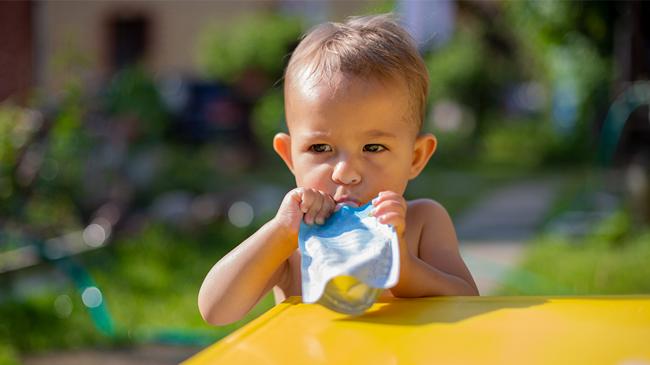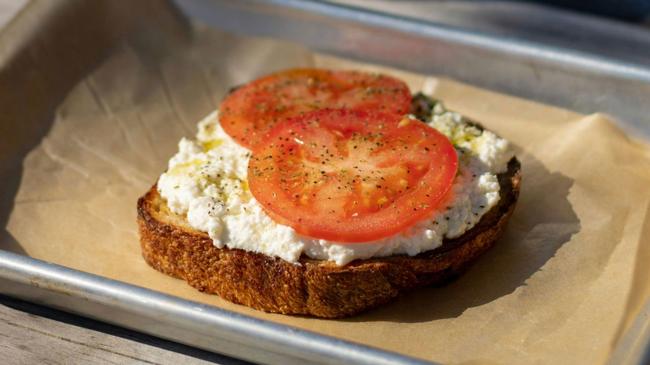Summary
Frozen Pizza Brands That Use the Lowest-Quality IngredientsThese frozen pizzas rely on processed cheese, additives, and low-grade meats to cut costs.
Source: Eat This, Not That!

AI News Q&A (Free Content)
Q1: What are some common ingredients in frozen pizzas that contribute to their low nutritional quality?
A1: Many frozen pizzas use processed cheese, additives, and low-grade meats to cut costs. The imitation cheese often contains oil, potato, and cornstarch, which lack protein, calcium, and other nutrients found in real cheese. The crusts are typically made from refined flour and oil, devoid of nutritional value, and artificial flavors and preservatives are also common to enhance shelf life and reduce costs.
Q2: How do frozen pizza brands like Tony's and Red Baron compromise on ingredient quality?
A2: Tony's frozen pizzas use processed crusts made from refined flour and oil, which offer little nutritional value. Red Baron pizzas, although containing a blend of cheeses, rely on artificial preservatives and flavor enhancers due to minimal real cheese usage. These practices help keep costs down but also reduce the overall nutritional value of the pizzas.
Q3: What is the impact of processed cheese, commonly found in frozen pizzas, on health?
A3: Processed cheese found in frozen pizzas can lack essential nutrients like protein and calcium, found in natural cheese. It often contains high levels of sodium and saturated fats, which can lead to health issues such as hypertension and cardiovascular diseases if consumed in excess over time.
Q4: How does the technology behind NutritionVerse-Direct help improve dietary intake estimation?
A4: NutritionVerse-Direct uses deep neural networks to predict a meal's nutritional content directly from food images. It employs a vision transformer base architecture with layers that predict calories, mass, protein, fat, and carbohydrates. This technology improves dietary intake estimation accuracy by 25.5% over previous models, offering a more precise method of tracking nutritional content.
Q5: What advancements does ChatDiet offer in personalized nutrition recommendations?
A5: ChatDiet leverages large language models to provide personalized, explainable, and interactive food recommendations. It combines personal and population models to tailor nutrition suggestions to individual users, enhancing the personalization and effectiveness of dietary guidance.
Q6: Why might consumers opt for frozen pizzas despite their low-quality ingredients?
A6: Consumers may choose frozen pizzas due to their convenience, affordability, and ease of preparation. Despite the low-quality ingredients, the low cost and quick meal solution they provide make them a popular choice for those with limited time or budget.
Q7: How do frozen pizza brands like Screamin' Sicilian attempt to differentiate their products despite ingredient quality concerns?
A7: Brands like Screamin' Sicilian differentiate their products through unique branding and packaging, such as including 'ridiculous amounts of cheese' and secret sauce recipes. They also use engaging packaging designs to attract consumers, despite the underlying quality concerns regarding the ingredients used.
References:
- ChatDiet: Empowering Personalized Nutrition-Oriented Food Recommender Chatbots through an LLM-Augmented Framework
- NutritionVerse-Direct: Exploring Deep Neural Networks for Multitask Nutrition Prediction from Food Images





